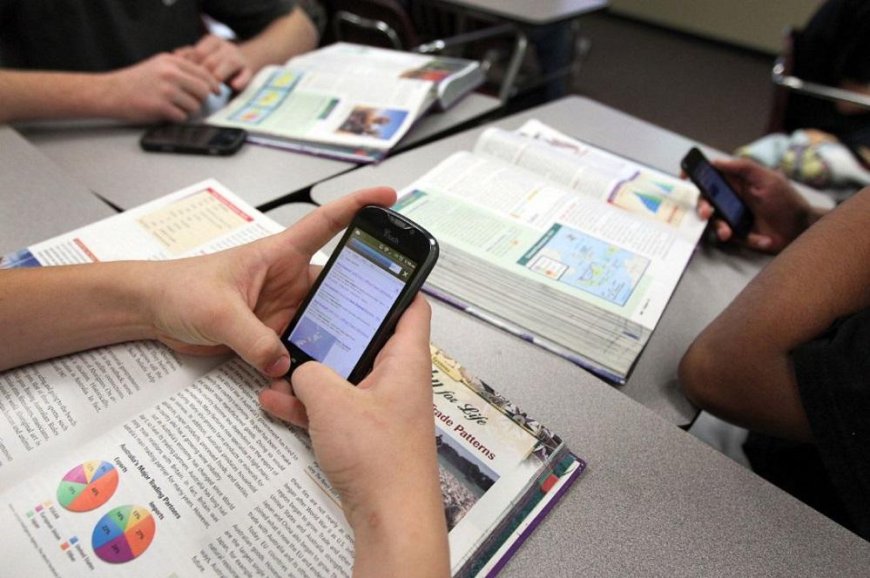The smartphone at school is not as dangerous as it is painted
show their students their alternative use - these are some of the conclusions of the first edition of the project Smartphones at school.Â

Students enjoy lessons in creative use of smartphones and know the basic risks of mobile technologies. Contrary to popular belief, they accept school restrictions related to their use, although they have a problem with consistently complying with them. In turn, teachers, despite the fact that they see the value of new technologies, need support and practical knowledge to show their students their alternative use - these are some of the conclusions of the first edition of the project "Smartphones at school.
Educational Research Institute at the beginning of this year. Started a research and implementation project, the aim of which was to create a meeting space for various groups from the school environment and to initiate a discussion on barriers and solutions related to the educational use of smartphones.
The picture of challenges faced by the school due to technological changes turned out to be beyond smartphones and the rules of their use at school, but also beyond the technology itself. The common denominator of these challenges was the position and authority of teachers in the school community and the integration of this community. As a result, the technological ideas collected and developed together with teachers within the project were primarily aimed at supporting this integration. This is particularly important in the context of distance learning in the era of a pandemic and the flexibility of the education system in the face of unpredictable challenges.
Smartphone at school: a problem or a challenge?
Can the problems resulting from the presence of smartphones at school be considered a phenomenon relatively independent of other aspects of its functioning? Can these problems be remedied through a dedicated solution, e.g. in the form of regulations for using smartphones at school? It turns out that there are no simple or straightforward answers to these questions.
Must Read: How can a teacher measure his/her influence on students?
Group interviews with schoolchildren and students revealed that they are aware of the dangers of mobile technologies - especially the possibility of addiction. Due to their age, they are already participants in a narrative in which the possibilities created quite recently by new technologies become commonplace, and the former enthusiasm begins to give way to reasonable caution. Students also saw that these threats do not affect everyone to the same degree.
The teaching community emphasizes that the smartphone issue is intertwined with many other factors, including with the position or authority of the teacher in the school community and with the integration of this community. Importantly, teachers and teachers believe in their abilities to deal with the embarrassing presence of smartphones at school, as long as they are given the appropriate autonomy and the resulting authority.
Most of the problems indicated by teachers that they deal with in everyday school life can be solved with the use of technology. In the first place, teachers did not indicate mobile technologies as a didactic tool, but rather as a support in everyday work. Solutions such as: a platform for communication between teachers, the system of circulation of school documents or the participation of students in creating the image of the school on the web are examples of the most desirable solutions
To some extent, smartphones are a problem of school life, but this is not the biggest problem of schools. Moreover, real and lasting minimization of this problem requires designing solutions aimed at those areas where there are sources of the school's inability to integrate the community around it (students, teachers, parents) and the lack of teachers' support in using new technologies.
